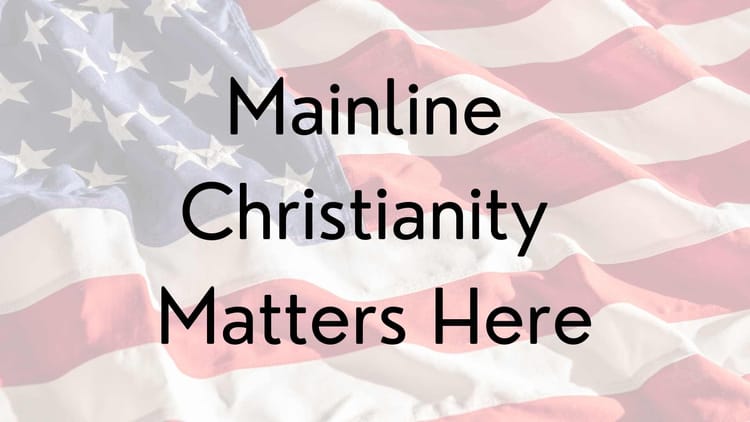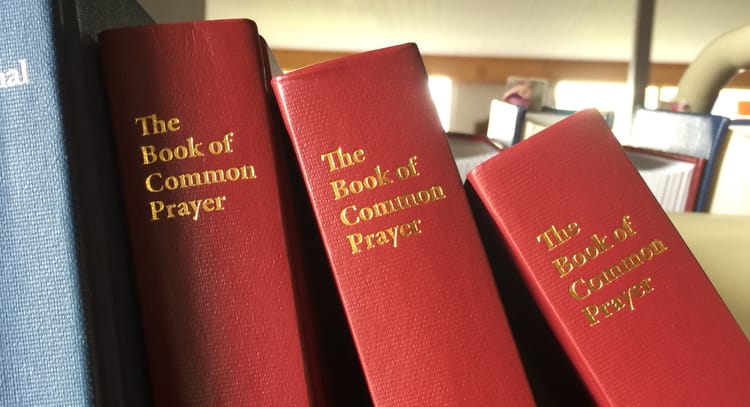The Gift of Data (Part 3)

In my community of faith, once upon a time, we used to be better at attending to data than we are today. Here’s the evidence:

This is an entry in the 1903 Convention Journal of the Episcopal Diocese of Western Michigan. With none of the benefits of modern technology, these leaders calculated key statistics and made them public. Here’s what they made it easy to learn:
- The total population of every county in the diocese (broken into the two convocations we had at the time).
- The ratio of communicants to total population at the time of the most recent US Census.
- The ratio of communicants to total population at the time of the prior US Census.
Interestingly, they did this without publishing any statistics on the membership of any individual church, or even of the two convocations. This is important: they only published the numbers which mattered to their mission. Equally important is what they didn’t publish:
- The size of the Grand Rapids Convocation vs. the Kalamazoo Convocation
- The size of any individual church
As a result, a reader learns that the church was growing vs. the general population, but is not equipped to gossip about – I mean analyze – the relative size of the parishes within the diocese.
Viewing these statistics, a reasonable person would ask, “How can we continue to grow the church relative to the total population?” And a reasonable person would expect that a similar analysis would continue to be provided on a regular basis so that this comparison could be made. Unfortunately, we no longer publish this data; I don’t know when or why we stopped.
Why do I say that my community of faith was better at attending to data a hundred years ago? Because a hundred years ago, we looked at our figures in the context of a wider world. We didn’t just ask ourselves “Are we growing or declining numerically?” We asked ourselves, “In the context of total population, are we growing or declining?”
Our number questions related to those outside our doors, because we understood that we were domestic missionaries. Especially in the western states (which Michigan was at the time), we were pioneering a church, and our focus was on growth. We knew that there were people who did not understand the gospel and/or did not have an intentional relationship with God. We focused our efforts on starting communities and reaching people. We published data that would help us understand our mission.
We now live in a post-Christendom world, and we are again domestic missionaries. It’s time for us to ask ourselves what data will best serve us as we engage mission in the 21st century. We may no longer want to ask the same questions we asked in 1901. (More on that later in the series.)
Any questions worth asking will take two populations into account: both the people within the visible church, and those beyond it. Once upon a time, we knew we needed to count everybody, because in God’s eyes, everybody counts. It’s time to remember that wisdom again, and act on it.
* * *
Are you aware of published church data which references the wider population?
How do you think data like this could change the church’s culture?





Member discussion